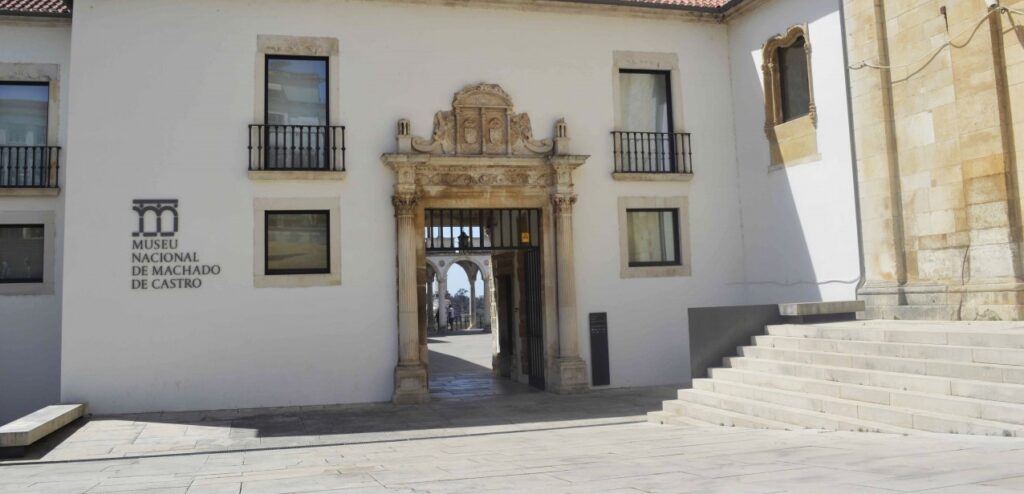When the reader visits the excellent Machado de Castro National Museum in Coimbra, I suggest keeping an eye out for a particularly enigmatic tile.
In it, you will see a figure with a diagram and letters such as an “X” and a “Z” represented. But what do they really mean?
To answer this question we have to go back to the 1687th century. This period was marked in the history of science by the observations of Galileo Galilei, the laws of Johannes Kepler and the remarkable publications of the giant Isaac Newton, of which the work “Mathematical Principles of Natural Philosophy” stands out. Published in XNUMX is a book that marked science.
It explains in mathematical language universal laws of the cosmos. In Portugal, the Jesuits were primarily responsible for teaching and disseminating these new concepts and scientific instruments, such as the telescope. Although, admittedly, there were some forces resistant to change, many priests of the Order founded by St. Ignatius of Loyola played a central role in science. And not only in Portuguese lands but across the globe, including China and Japan.
Let's go back to our tile. A careful eye will interpret the letters and diagrams represented as being the proof of one of Euclid's theorems. In fact, this and other mathematical tiles were on a wall in a Jesuit college in Coimbra.
As we know, the Pombaline fury determined the closure of all teaching places and expulsion from the Order.
Fortunately, these copies have come to us that are equivalent to any contemporary slide. In this way, we can observe how mathematics and reason resist time and allow us to discover the workings of the laws that govern the universe.
Author Luís Monteiro is a doctor specializing in General and Family Medicine, researcher at the Health for All group of CINTESIS, coordinator of the Esgueira+ Family Health Unit (Aveiro) and training advisor for MGF intern doctors





















Comments